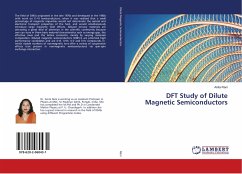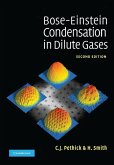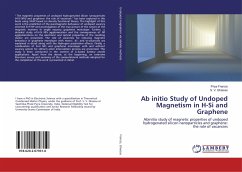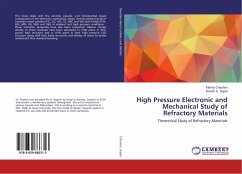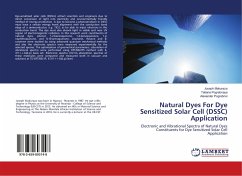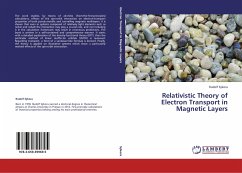The field of DMSs originated in the late 1970s and developed in the 1980s with work on II-VI semiconductors, when it was realized that a small percentage of magnetic impurities would not deteriorate the optical and electronic transport properties of the host, and would simultaneously introduce large magnetic field effects. Alloyed ternary materials are attracting a great deal of attention in the scientific community because one can tune in them basic material characteristics such as energy gap, the effective mass and the lattice constants, merely by varying materials composition. Diluted magnetic semiconductors (DMS's) are potential high performance candidates and are II-VI, IV-VI, II-V and III-V compounds in which sizable numbers of nonmagnetic ions offer a variety of cooperative effects (not present in nonmagnetic semiconductors) via spin-spin exchange interaction.
Bitte wählen Sie Ihr Anliegen aus.
Rechnungen
Retourenschein anfordern
Bestellstatus
Storno

